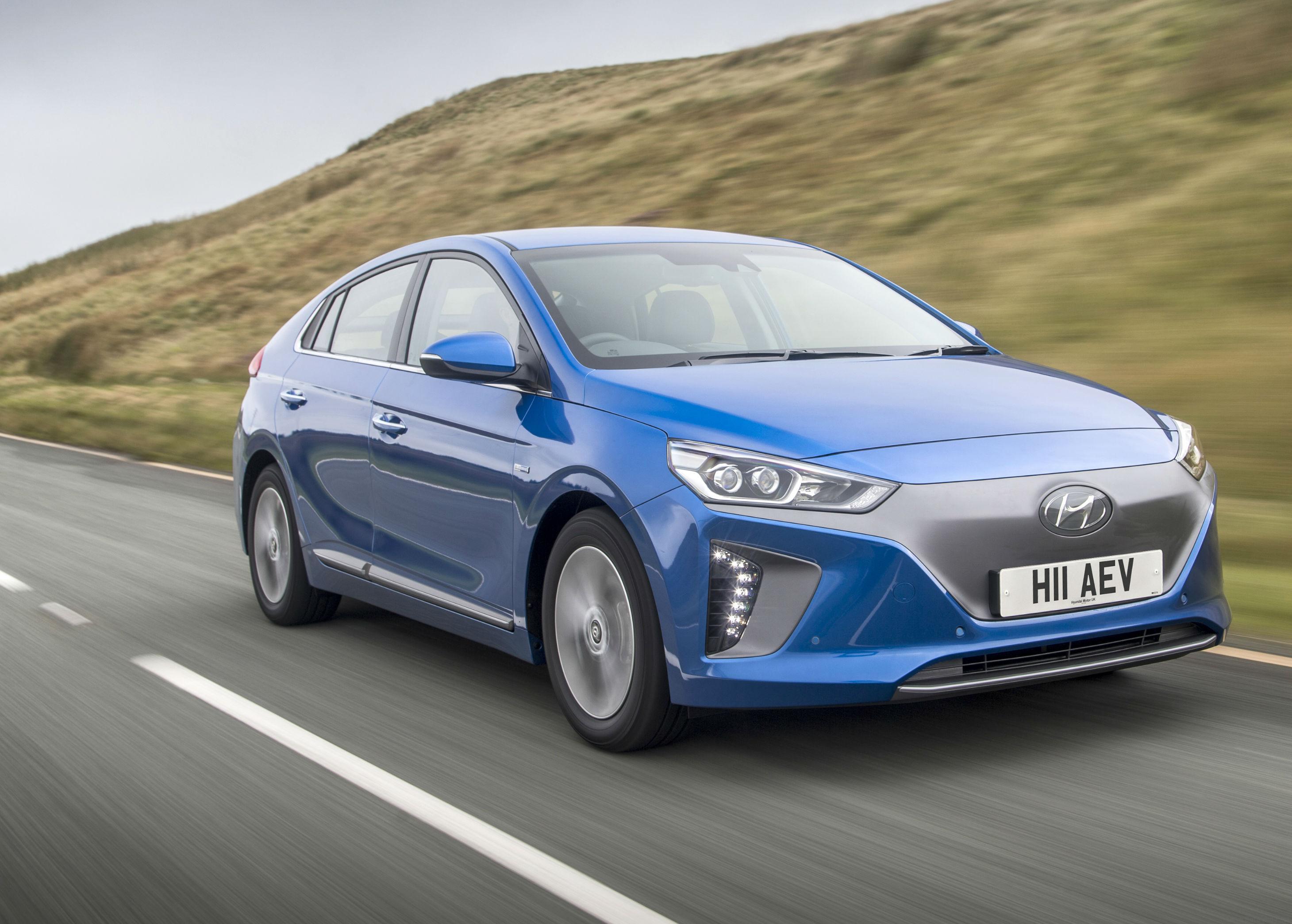There is an EV frenzy…and we do not like it!
The industry’s frenzy for Electric Vehicles (EV) was on full display around this month’s Frankfurt auto show. BMW, Mercedes-Benz and Volkswagen were among the makes rolling out ambitious plans to unleash waves of EVs over the coming years. Jaguar Land Rover weighed in with plans for full electric and hybrid cars from 2020, and Honda unveiled its next EV.
Oil producers and research organizations around the world are revising their electric-vehicle forecasts upward as improving battery costs challenge previous assumptions about growth.
A new study shows just how dramatically estimates are changing. The most radical swing comes from OPEC, an organization made up of leading oil producing nations, which boosted its forecast of electric-vehicle sales by 500% compared to last year.
OPEC isn’t the only industry group revising its assumptions about growth. BNEF researchers cataloged a number of radical changes in projections.
The International Energy Agency has more than doubled its estimate about global electric-vehicle sales. Meanwhile, Exxon, BP and Statoil are all now expecting at least 100 million electric vehicles to hit the roads worldwide between 2030 and 2035.
Surging investment in lithium-ion batteries, higher manufacturing capacity at companies including Tesla Inc. and Nissan Motor Co., as well as emerging consumer demand from China to Europe will also include:
- In just eight years, electric cars will be as cheap as gasoline vehicles, pushing the global fleet to 530 million vehicles by 2040.
- Electricity consumption from EVs will grow to 1,800 terawatt-hours in 2040, or 5% of global power demand, from 6 terawatt-hours in 2016.
- There’s around 90 gigawatt hours of EV lithium-ion battery manufacturing capacity online now, and this is set to rise to 270 gigawatt hours by 2021.
- Charging infrastructure will continue to be an issue with bottlenecks capping growth in key Chinese, U.S. and European markets emerging in the mid-2030s
The world’s biggest economies, China, the U.S. and Europe will drive demand for battery powered cars over the next 25 years and we are just seeing the start in Malaysia.
















